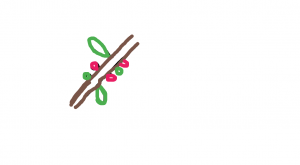Coffee! The second most traded commodity on the stock market is also one of the most frequently imported.
But how do you get the beans into Canada? and what will it cost?
| Importing difficulty | Easy |
| Classification Header | 0901 |
| Duty rate | 0% |
| Tax rate | 0% (tax-exempt) |
| Additional Requirements | CFIA |
| Shipping method | Ocean freight |
| Sources | USA, Africa, Latin America, and Indonesia |
Coffee is a simple and affordable commodity to import. Most raw food and beverages are tax-free under Canada’s Excise Tax Act, meaning that coffee is not only free of duty but also GST. Unlike many other raw food items coffee beans require no permits or licenses, although the beans are subject to the approval of the CFIA.
A rising trend has seen smaller roasters work directly with vendors in countries who farm and produce the beans themselves, rather than buy from larger merchant conglomerates. Whether you are buying vendor-direct in Kenya or ordering from a merchant company, the process is the same:
Once you’ve found a vendor and made your order, you are ready to ship! Most beans will ship in an ocean container due to their weight, and chances are your vendor will arrange this for you. You should have a commercial invoice from your seller and the beans should be packaged in such a way that their country of origin is clearly indicated (most sellers will know to do this). While no duties or taxes will be collected on your cargo, a customs declaration must be prepared. Your customs broker will handle this for you, and can also assist you with the delivery of the goods from the port to your facility. From there, its roasting time!
